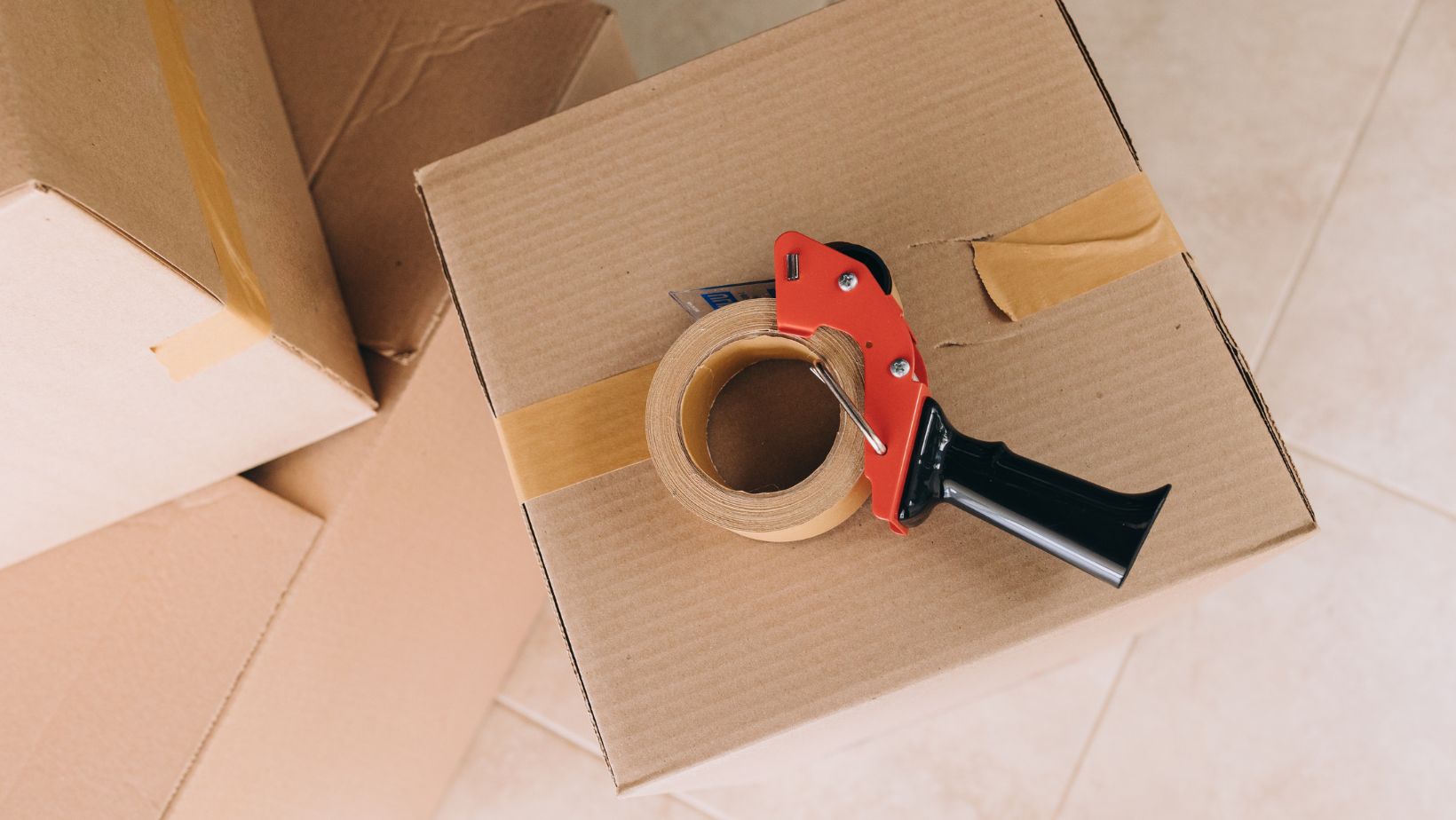Moving across the country can be exciting and daunting, especially when packing up all your belongings and ensuring they arrive safely at your new home. One of the most crucial steps in the moving process is packing your moving truck efficiently. When done correctly, it can save you time, reduce stress, and minimize the risk of damage to your items during transit. This step-by-step guide will walk you through the packing process, offering tips and insights to make your cross-country move as smooth as possible.
Step 1: Gather Essential Supplies
Gathering all the necessary packing supplies is essential before you begin loading up your moving truck. Having the right tools on hand can make all the difference in ensuring everything is safely secured and organized. Here’s what you’ll need:
- Moving Boxes: Various sizes for different items (large boxes for linens, smaller boxes for books, etc.).
- Packing Tape: Strong tape for sealing boxes and securing items.
- Bubble Wrap & Packing Paper: To protect fragile items.
- Furniture Pads: Essential for protecting large furniture from scratches and damage.
- Tie-Down Straps: Used to keep items from shifting during transit.
- Hand Truck or Dolly: Helpful for moving heavier items like appliances or furniture.

Step 2: Plan the Layout of the Truck
Packing your moving truck organized is key to maximizing space and ensuring your items arrive safely. Start by visualizing how you will fill the car. Begin by planning where each category of items will go:
- Heavier items: These should be placed at the bottom and toward the front of the truck. This will prevent them from crushing lighter items.
- Fragile items: These need to be loaded carefully and should have designated areas, preferably in the middle of the truck or in spots where they are least likely to shift.
- Loose or soft items: Towels, pillows, and clothing can fill empty spaces and offer extra padding for fragile belongings.
You can prevent a lot of hassle by taking a few minutes to think through the layout. This also reduces the chances of things being jumbled or damaged during the drive.
Step 3: Pack the Heavy Items First
Now that you’ve planned the layout, it’s time to start loading. Begin with the heaviest and bulkiest items, such as:
- Furniture (couches, tables, dressers)
- Large appliances (refrigerators, washing machines, dryers)
- Boxes of heavy books or kitchenware
These items should be placed at the bottom of the truck, with the heaviest pieces positioned first. This will give your vehicle a sturdy base and help distribute the weight evenly.
Use furniture pads to protect your items from scratches and dents. You can use blankets, sheets, or towels as makeshift padding if you don’t have enough pads. To prevent furniture from sliding, secure it tightly with tie-down straps. Straps are a great way to keep everything in place and ensure nothing moves during the long journey.
Step 4: Load the Lighter and Smaller Items
Once the heavy items are securely packed, you can start loading the lighter and smaller items. These can be more flexible, but they still need to be organized for optimal use of space. Here’s how to pack these efficiently:
- Small Boxes: Stack smaller boxes on top of heavier items. Be sure to label the boxes so you can easily find things later.
- Clothing & Bedding: These can be packed into boxes, suitcases, or trash bags. Remember that soft items, like clothes, can also act as a cushion for fragile things.
- Non-Essential Items: Items that you won’t need right away, such as books, seasonal clothing, or extra kitchen supplies, should be packed last.
As you load these items, try to fill in gaps between heavier items with soft or pliable goods. Doing so ensures there are no empty spaces for things to shift and move, which can cause damage.
Moving Tips for a Cross-Country Trip
Packing is only one part of a cross-country move. Here are a few moving tips to help make the trip itself go more smoothly:
- Get Professional Help: Moving cross-country can be overwhelming, so don’t hesitate to seek assistance. With professional cross country moving services, you can ensure that your belongings are handled safely and efficiently, making your move much more manageable.
- Pack Essentials Separately: Pack a bag with your daily essentials (toiletries, medications, clothes, etc.) and keep it with you. This will make it easier to access essential items without rummaging through the truck.
- Temperature-Sensitive Items: Take extra precautions if you have items sensitive to temperature (such as electronics or perishables). These should either be packed with more insulation or transported separately.
- Label Boxes Clearly: Label each box with the contents and the room to which it belongs. This will save time when you start unpacking.
- Fuel and Rest Stops: Make sure your truck is fueled up and ready for long stretches of driving. Plan your route and stop regularly to rest, stretch, and check your load.
- Use a Moving Checklist: A moving checklist can keep you organized and ensure nothing is left behind. It’s a simple but effective way to track your progress.
Step 5: Secure Everything in Place
After all your items are loaded, the next step is securing them. This is where tie-down straps come into play. These are essential for preventing your items from shifting during the drive, which could cause damage or make unpacking difficult. Secure your load by attaching straps to the furniture and larger boxes, pulling them tight enough to hold them in place but not so tight that you risk crushing your belongings.
It’s also a good idea to check for movement. Give your truck a little shake and see if anything seems loose. If so, add more padding or re-adjust your straps. Make sure that fragile items are adequately cushioned and securely placed. If you have boxes with delicate items, keeping them in the middle of the truck is best, where they’ll be less likely to get jostled.
Step 6: Check and Double-Check
Before you close the truck, perform a final check. Walk around the car to inspect the load, ensuring everything is packed tightly and securely. Look for any gaps or spaces that may need additional padding. It’s better to double-check than to risk an accident or damaged items.

Conclusion
Packing a moving truck for cross-country travel requires careful planning and organization. By following these steps—gathering supplies, planning your layout, and securing your items—you can reduce stress and minimize damage to your belongings. And don’t forget to use the moving tips to make your journey more efficient. With the right approach, your move will be as smooth as possible, and you’ll be ready to start your new adventure with ease.
Ready to hit the road? Take a deep breath and get started—it’ll be worth it once you’re settled into your new home!




